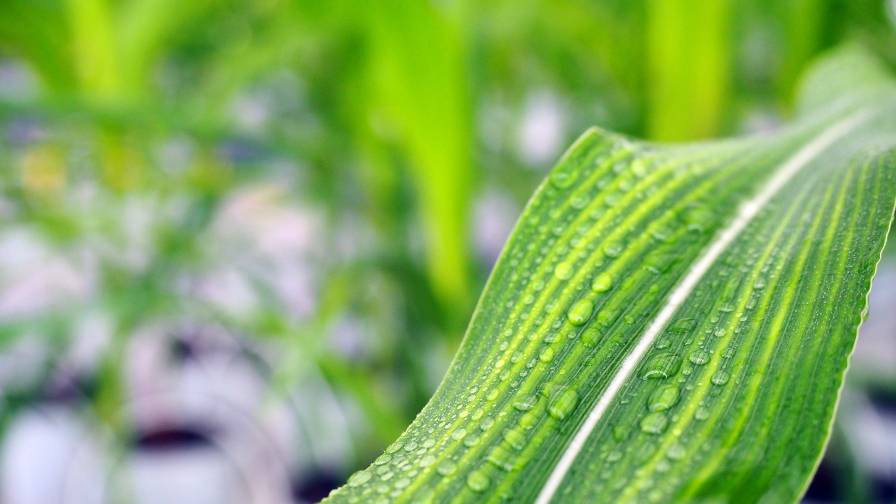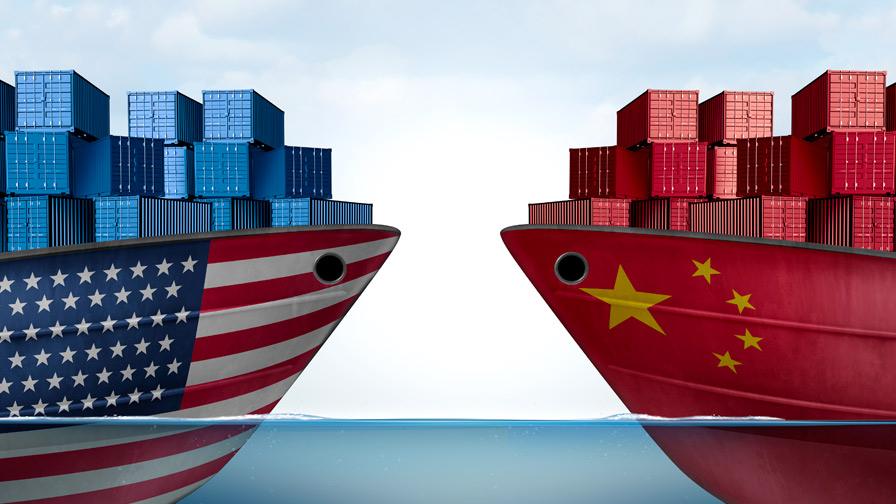Wave of Speculation for Crop Protection
Crop protection revenues outpaced expectations fourfold after currency adjustments in 2011. The question is: Can the industry outperform conventional wisdom again in 2012?
Total agrochemical sales, including noncrop, reached $51.5 billion, 17% above last year and almost $5 billion above the 2008 record. After 2011’s record sales are adjusted for inflation and currency valuations, the crop protection industry rose 8%, compared to the 2% to 3% compounded annual growth rate predicted by most analysts.
Strong demand for crop inputs and wider adoption of new crop protection technologies helped sales reach $45.2 billion for the year, an 18% rise compared to 2010 and, again, almost $5 billion more than the explosion in industry sales in 2008.
Every region aside from the NAFTA countries experienced double-digit growth. The most notable increase was in South America, where generous rainfall heightened disease pressure and the need for fungicides for soybeans, which enjoyed favorable pricing and further encouraged farmers to maximize their yields.
“No one really expected Latin America to perform quite the way it did, and a lot of the indicators are still positive because of crop prices, so we expect that to continue to 2012,” Matthew Phillips of Phillips McDougall told Farm Chemicals International.
South America also benefited by stabilizing prices of glyphosate, a staple for the widespread cultivation of Roundup Ready soybeans in Brazil and Argentina. Planted area for cotton and sugarcane rose on the continent as well on strong demand and higher commodity prices. Fourth-quarter earnings reported by multinational companies reference South America as a favorable market for their crop protection businesses, and many indicate that early 2012 points to robust demand and commodity prices and stable pricing for crop protection products.
Can 2012 Keep Pace?
There is little doubt that the long-term fundamentals of agriculture businesses remain strong. A growing population in search of higher-quality foods, freer markets and the transfer of agronomic knowledge and agricultural technologies provide the impetus for the adoption of crop inputs. The proliferation of crop production technologies follows as a matter of course.
In the short-term, however, companies are acting a bit cautious, often hoarding cash so they can expand when the global recession begins to taper, analysts say. Currently, the solvency of the Eurozone is hampering the world’s largest crop protection market, which rose 16.6% to $12.3 billion in 2011, according to Phillips McDougall. Some protectionist-leaning policies in BRIC countries and currency fluctuation are adding concern as well.
“I like to use the metaphor of [Christopher] Columbus sailing to the New World: In the long term, the prospects in the ag chemicals area are phenomenal; the ultimate return is going to be extraordinary. But getting there is going to be fraught with tremendous peril,” says William Coe, partner and US Agribusiness Leader for PricewaterhouseCoopers.
Timid about getting too big in a shaky global economy, many companies are turning their focus to organic growth, especially domestically. And with so many crop protection manufacturers based in India and China – the world’s fastest-growing economies – domestic brand-building has become a preferred option of late in lieu of international expansion. This domestic growth might be a safe option in the current global macroeconomic environment, but it is not unlucrative.
“When you look at some Indian companies, they are reporting growth rates of 25% and more,” Phillips says. “So we are relatively confident in this year’s results, and look forward to the possibility that trend will continue.”
Mumbai-based Aimco Pesticides, for example, has grown in the double digits for the past couple of years, and in 2011, its revenues doubled as it expanded capacity and added licensed products. In 2012, Aimco is expecting “conservative” 20% growth compared to a record 2011.
“In my opinion horticulture – primarily fruits, vegetables – and floriculture will drive growth in the coming years, and also the rising adoption of herbicides due to increase in cost of labor herbicides,” says Elizabeth Shrivastava, Aimco’s managing director.
Similarly, UPL, and the respective divisions of the multinationals are all expected to grow in the double digits in 2011. As a whole, the Indian agrochemical industry is expected to rise almost 8% per year through 2013 and top $2 billion this year.
The Wildcard
Perhaps the most interesting wildcard in 2012 will be the hyperbole surrounding farm subsidies pertaining to the US Farm Bill and the EU Common Agriculture Policy. There is a case to be made that the global nature of trade has rendered these policies obsolete, but the emotional attachment to these policies, which have been in place for almost a century, could force farmers to cut expenses to the bone.
“Government incentives that fade away will hurt demand in the short term … There is going to be pressure on all [US] programs,” Coe of PricewaterhouseCoopers says. “In the long term, things will be fine because we will cultivate more.”






